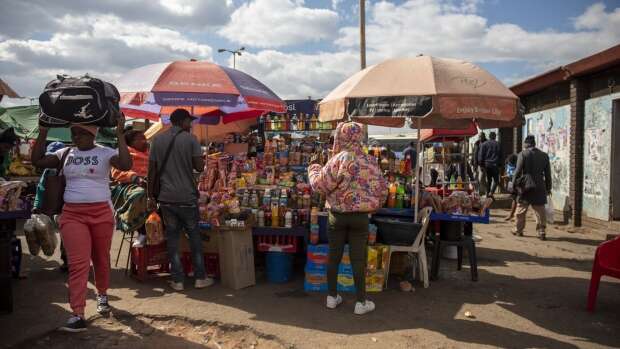Zimbabwe’s inflation surges following local currency rout
This month’s pick-up is the third in a row since the statistics agency changed its price measure on Sept. 28 to better reflect the use of US dollars in the economy.
- Advertisement -
Inflation in Zimbabwe surged as a currency rout pushed up the prices of goods and services, adding to pressure on the central bank to act.
Consumer prices rose an annual rate of 34.8% in January from 26.5% in December, according to data released by the Zimbabwe National Statistics Agency at an online briefing on Monday. Prices advanced 6.6% in the month compared with 4.7% in December. The major drivers of the inflation surge were food and services including housing and electricity, the statistics agency said.
- Advertisement -
This month’s pick-up is the third in a row since the statistics agency changed its price measure on Sept. 28 to better reflect the use of US dollars in the economy. The greenback is employed in about 80% of transactions and is favored over the Zimbabwean dollar, which has been extremely volatile since its reintroduction in 2019 following a 10-year break after hyperinflation wiped out its value.
- Advertisement -
- Advertisement -
The local unit has lost 38% of its value against the dollar on the official market this year and has plunged even more on the streets of the capital, Harare. It declined about 85% between the beginning of May and the end of June last year before the liberalization of the exchange rate and a government order requiring all corporate taxes to be paid strictly in local currency helped spur a recovery.
Monetary policymakers are set to meet Monday “to discuss interventions to deal with the exchange rate and price instability,” Persistence Gwanyanya, a member of the rating-setting panel, said in a post on X on Monday. Zimbabwe has the highest interest rate in the world at 130%, followed by Argentina.
- Advertisement -


